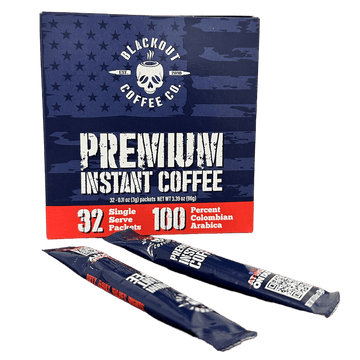Transform your backyard into a breathtaking retreat with Bliss Pools, the premier pool builder in Tomball, TX. With over 15 years of experience, our team specializes in crafting custom pools that combine beauty, comfort, and durability. Whether you’re dreaming of a sleek modern design, a resort-style escape, or a family-friendly space, we bring your vision to life with expert craftsmanship and a customer-first approach.
We believe every pool should be more than just a place to swim—it should be the centerpiece of your outdoor living space. That’s why we design and build each project with precision, passion, and premium materials to ensure years of enjoyment.
Why Choose Bliss Pools for Your Custom Pool Project?
Choosing the right Tomball pool builder can mean the difference between a stressful process and a smooth, exciting experience. At Bliss Pools, we set ourselves apart with:
- Custom Designs – Every pool is uniquely tailored to your property and lifestyle.
- Premium Quality – We use only durable, high-grade materials for long-lasting beauty.
- Innovative Features – From waterfalls to LED lighting and energy-efficient systems, we make your pool truly yours.
- Transparent Pricing – No hidden fees—clear invoices are sent monthly for simple, automated payments.
- Local Expertise – As a pool builder in Tomball, we understand the local climate and soil, ensuring your pool’s long-term success.
We approach every project as if we were building our own pool—because your satisfaction is our top priority.
Custom Pool Designs for Every Lifestyle
No two families are alike, and neither should their pools be. Bliss Pools offers a wide range of custom styles, including:
- Modern Pools – Sleek lines, minimalist finishes, and a contemporary feel.
- Infinity Pools – Stunning designs that create a seamless visual water flow.
- Freeform Pools – Organic shapes that blend beautifully with natural surroundings.
- Family Pools – Safe, spacious, and perfect for kids and gatherings.
Each pool we build is a work of art—reflecting your personal taste while enhancing your home’s value.
Our Simple & Stress-Free Building Process
We’ve refined our process to make pool construction smooth and efficient:
Consultation – Discuss your vision, goals, and budget.
Custom Design – Our experts create detailed, 3D plans for your approval.
Permitting – We handle all local codes, safety requirements, and approvals.
Construction – Skilled crews build your pool with precision and care.
Finishing Touches – Add decking, lighting, water features, and landscaping.
From start to finish, you’ll enjoy open communication and clear timelines—making your experience enjoyable and stress-free.
Ongoing Pool Maintenance
We don’t just build pools—we help you keep them pristine. Bliss Pools offers professional weekly pool service, including:
- Water chemistry testing & balancing
- Skimming and vacuuming
- Filter and basket cleaning
- Equipment inspections
Note: Homeowners are responsible for maintaining proper water levels between visits and securing pets before service. Cancellations require 24-hour notice to avoid charges.
Benefits of Owning a Custom Bliss Pool
A custom pool is more than an upgrade—it’s an investment in your lifestyle. With Bliss Pools, you’ll enjoy:
- Higher Home Value – Boost your property’s market appeal.
- Health & Wellness – Swimming is excellent low-impact exercise.
- Entertainment – The perfect space for parties and family fun.
- Year-Round Use – Optional heating allows enjoyment in every season.
We design pools to provide beauty, functionality, and enjoyment for decades to come.
Additional Outdoor Living Services
Bliss Pools also offers complete backyard transformation services, including:
- Gunite Pool Building
- Outdoor Kitchens
- Fire Pits & Fireplaces
- Pavilions & Pergolas
- Patio Installations
- Pool Remodeling
- Year-Round Pool Cleaning Service
With us, you can create a fully integrated outdoor retreat.
Tips for Planning Your Pool Project in Tomball
Before starting your project, consider:
- Defining your goals—relaxation, fitness, or entertainment
- Planning your budget, including features and landscaping
- Choosing a weekly maintenance plan for easy upkeep
- Reviewing local building requirements and safety codes
Bliss Pools will guide you every step of the way, ensuring your dream pool becomes a reality without unnecessary stress.
Let’s Build Your Dream Pool in Tomball
If you’re ready to transform your backyard into a luxurious escape, Bliss Pools is here to make it happen. With our expertise, premium materials, and commitment to customer satisfaction, we are the top choice for anyone seeking a pool builder in Tomball, TX.
📞 Call (936) 766-8214 or ✉ Email info@blisspools.net to schedule your free consultation today!




